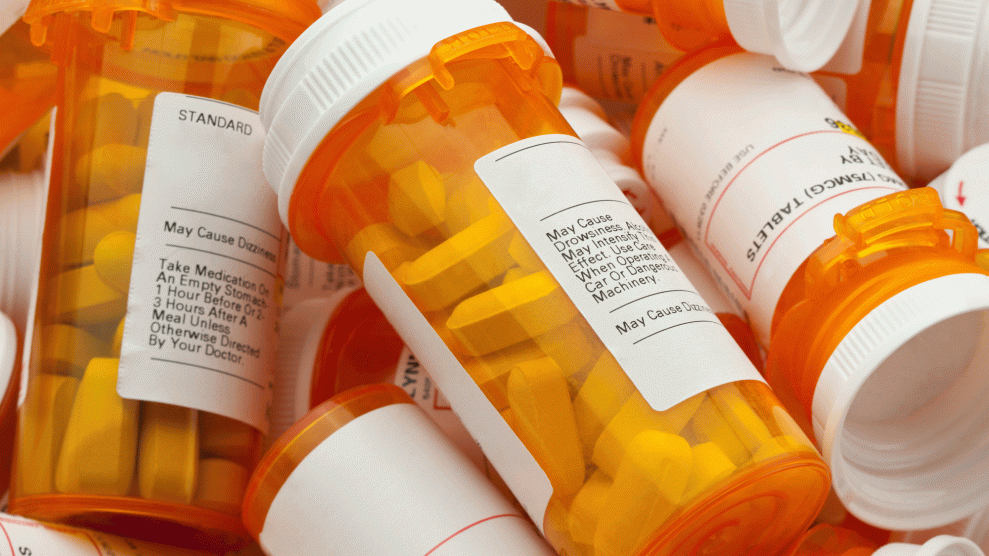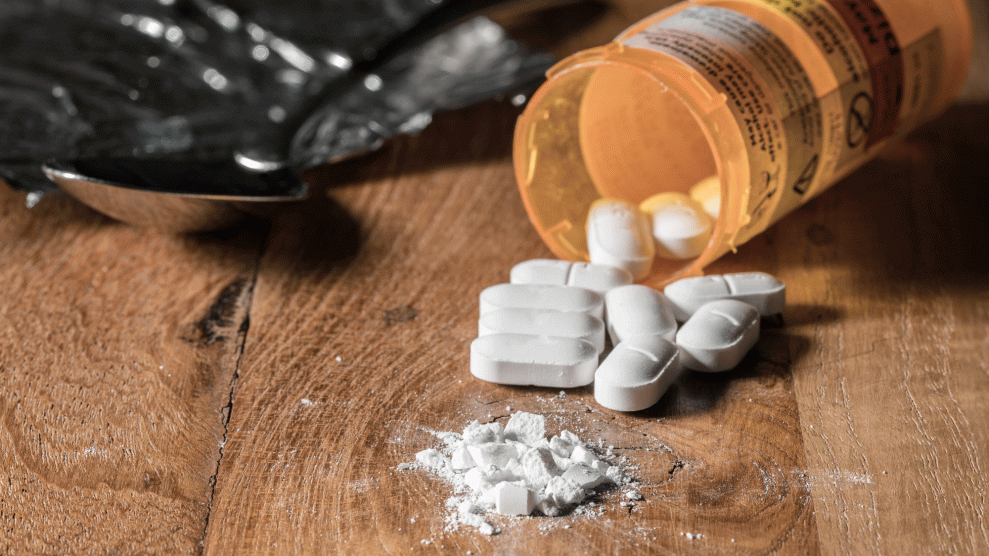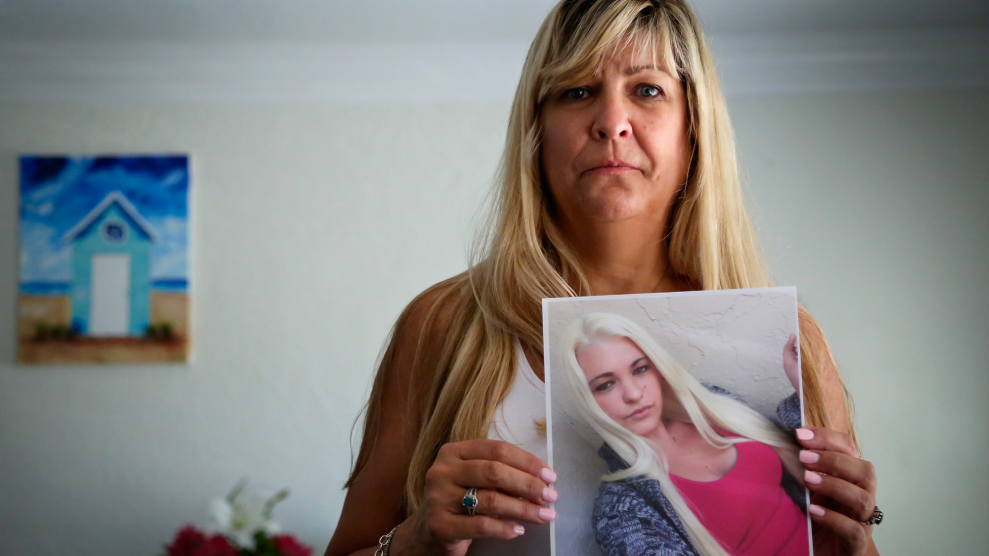
smartstock/Getty
On Tuesday, Sen. Claire McCaskill (D-Mo.) launched an investigation into how the nation’s leading painkiller manufacturers fueled the current opioid crisis—the most deadly drug epidemic in US history.
McCaskill requested internal sales and marketing materials, addiction studies, and details on compliance with governmental organizations from the top five opioid manufacturers: Purdue, Janssen/Johnson & Johnson, Insys, Mylan, and Depomed. If the companies refuse to comply, McCaskill would need support from her Republican colleagues on the Senate Homeland Security and Governmental Affairs Committee in order to subpoena the documents.
This is the most far-reaching Senate investigation into the opioid manufacturers to date, following a 2012 Senate Finance Committee investigation into payments to pain advocacy groups.
It comes at a time when drug overdoses are killing more Americans than car accidents or gun violence. Of the 52,000 overdose deaths in 2015, two-thirds were associated with opiates such as OxyContin, Vicodin, heroin, and fentanyl.

Experts trace the epidemic back to the early ’90s, when doctors started treating pain more aggressively. As I wrote last year:
Fueling the storm were pharmaceutical companies, which aggressively—and, in many cases, misleadingly—marketed painkillers to doctors and patients. Purdue Pharma, which introduced OxyContin in 1995, funded more than 20,000 pain-related educational programs between 1996 and 2002, according to an article last year in the Annual Review of Public Health.
Noting that doctors were wary of prescribing opioids because of concerns about addiction, the company funded studies finding that “physical dependence” on opioids is different from addiction and “clinically unimportant.” It provided financial backing to the American Pain Society, which introduced the “Pain is the Fifth Vital Sign” campaign, and the Joint Commission, which accredits health care organizations, in addition to other physician and patient groups. Purdue Pharma and its executives were fined more than $600 million in 2007 after they were found guilty of misleading regulators, doctors, and patients about the drug’s addictive qualities.
“All of this didn’t happen overnight—it happened one prescription and marketing program at a time,” said McCaskill in a statement. “This investigation is about finding out whether the same practices that led to this epidemic still continue today, and if decisions are being made that harm the public health.”
















